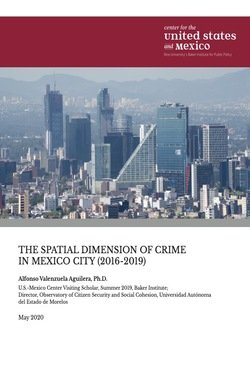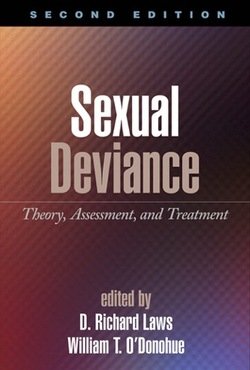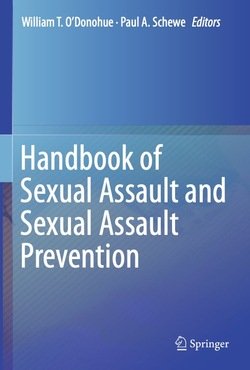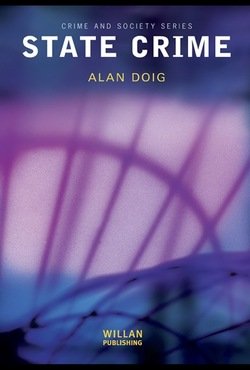By The City of Chicago
We know a great deal about the nature of violence in Chicago. An overwhelming number of homicides in the city are gun-related and victims are disproportionately African American and Latinx males. Most shootings and homicides happen outdoors in public spaces. In 2019, the median age of homicide victims was 271, and 50 percent of the city’s shooting victimizations occurred within 10 community areas that comprise 15 percent of the city’s population. These neighborhoods are located on the South and West sides of Chicago where poverty, low educational attainment, and poor health outcomes including shorter life expectancy are concentrated. While Chicago’s homicide and shooting numbers have ebbed and flowed in recent years, since 2016, which was the year of the recent peak in Chicago homicides, they have consistently exceeded those of New York City and Los Angeles, two cities larger and more populous. Since January 1, 2016 through August 16, 2020, 2,978 people have been killed and there have been 12,387 non-fatal shooting victims, with 11 percent of them being young people under the age of 18. Although most of Chicago’s shootings and homicides happen in public places, domestic violence is also pervasive. In the United States, 25 percent of women will experience severe physical violence by an intimate partner during their lifetime and at least 35 percent of female homicides are perpetrated by intimate partners. Gun violence and domestic violence, while often treated as distinct, are very much related. Not only are some domestic violence incidents gun
-
violence and vice versa, but we also know that many communities and families experience both. Thus, the approaches to reducing gun violence and domestic violence must be coordinated to maximize impact.
Chicago: City of Chicago, 2020. 108p.





















